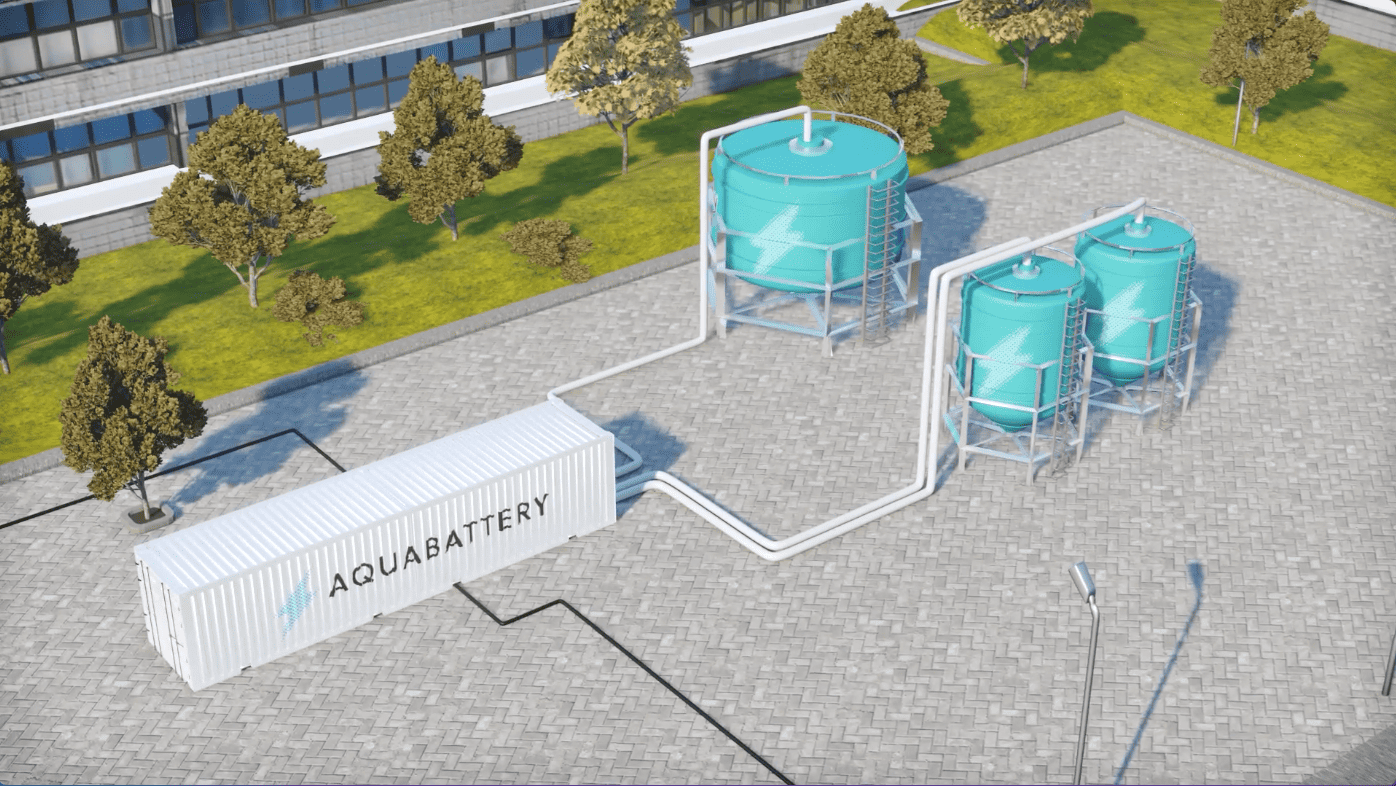
In a cutting-edge leap for renewable energy, Danish researchers have put forward a transformative use for defunct coal power plants: retrofitting them into clean energy producers with the help of solar-powered Carnot batteries. These batteries, capable of storing electricity as heat, could be the key to repurposing existing power infrastructures for solar energy production. With a 300 MW coal plant conversion, the potential is staggering—a predicted annual net power output of up to 1,150 GWh and a promising levelized energy cost at just €88.09 per MWh. The concept, which leverages photovoltaics to heat the storage system during peak sunlight and discharges power when needed, could see the dawn of a new era in energy storage and distribution, marrying environmental sustainability with economic viability.
- Danish researchers think decommissioned coal plants can become clean energy producers.
- The sites could store power at a low price using solar-powered Carnot batteries.
Understanding Carnot batteries
Carnot batteries are not your typical energy storage system. They operate on a principle that dates back a century, coined recently as a “Carnot battery” by Andre Thess in 2018. At its core, a Carnot battery transforms electrical energy into thermal energy via a heat pump or electric heater, stores it, and then converts it back to electrical energy when needed. The process is named after the Carnot cycle, which describes the maximum possible efficiency for a heat engine operating between two temperatures.
The storage process utilizes inexpensive materials such as rocks, water, or salts, which act as a medium to hold the thermal energy. This approach to energy storage is auspicious for large-scale applications due to its potential for lower costs compared to electrochemical batteries. Despite the limited round-trip efficiency, typically aiming for a range between 40 and 70 percent, the technology offers significant benefits like a small environmental footprint, location independence, and a lengthy life expectancy of 20 to 30 years.

A Danish study showcases potential
Researchers from the Technical University of Denmark have conducted a study assessing the feasibility of retrofitting decommissioned coal-fired power plants with solar-powered Carnot batteries. The study, “Retrofit of a coal-fired power plant with a rock bed thermal energy storage,” published in the Journal of Energy Storage, highlighted the innovative use of packed bed thermal storage based on rocks. This approach has been shown to achieve a round-trip efficiency of 34.9 percent with an improved design and operation, suggesting that the levelized cost of electricity could be as low as €88.1 per MWh for the largest storage capacity.
The proposed system configuration includes photovoltaic (PV) plants to power the storage system’s electric heater during the day. The stored heat is then used to generate steam, which drives the steam turbine connected to the power plant’s condenser, thereby producing electricity when sunlight is unavailable. The researchers estimate that a 300 MW retrofitted coal plant with 1.37 GWh of thermal storage capacity could yield an annual net power production of up to 1,150 GWh for 12 hours of storage.
Technical and economic implications
The study delves into the technical specifics of the retrofit. The estimated thermal losses for the proposed configuration are 1.94 percent per day. Meanwhile, the maximum pressure loss over the packed bed during discharge is calculated to be a mere 49 mbar. Such efficiency metrics are key to understanding the viability of this technology. The researchers also found that increasing the inlet steam generator temperature from 590°C to 650°C led to higher efficiencies and lower costs.
Economically speaking, the idea of using decommissioned coal power plants as vessels for renewable energy storage and production seems highly promising. The levelized cost of energy (LCOE) is an important figure, as it encapsulates the cost of building and operating a power plant over its lifecycle. Achieving an LCOE as low as €88.09 per MWh for the largest storage capacity makes this technology competitive with other forms of renewable energy storage. Furthermore, the study indicates that even a significant reduction in storage costs would only marginally decrease the LCOE, showcasing the robustness of the economic model.

The broader impact on renewable energy integration
The adoption of Carnot batteries could have a transformative effect on how renewable energy is integrated into the grid. As the share of renewable energy sources increases, so does the need for systems that can store excess energy and deliver it upon demand. The “duck curve,” a graphic representation of the mismatch between peak energy production from renewables and peak demand, underscores the need for storage solutions that can redistribute energy from daylight hours to times of higher demand.
Additionally, the integration of Carnot batteries could provide a second life for coal power plants, which are facing decommissioning worldwide due to their environmental impact. By repurposing existing infrastructure, such retrofits can reduce the need for new construction and the associated costs and environmental concerns. This aligns with the global push towards decarbonisation, as power production is a major source of energy-related CO2 emissions.
Looking forward: The future of energy storage
While the Danish study presents a compelling case for the use of Carnot batteries in retrofitted coal plants, the broader adoption of this technology will depend on several factors. The cost of electricity for charging the batteries is one such factor; securing green power purchase agreements can significantly influence the economic feasibility of the implementation.
Moreover, the success of Carnot batteries in a fully renewable energy system is contingent upon achieving a levelized cost of storage (LCOS) that is competitive with other energy sources. Another study found that an LCOS of less than €66.2 per MWh would be necessary for such batteries to contribute meaningfully to a 100 percent renewables scenario, provided that gas prices remain low.








